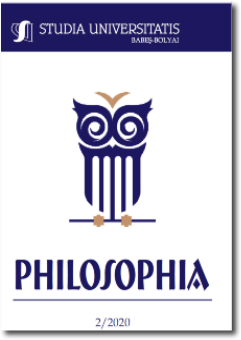THE CONTENT OF COMPLEX VISUAL HALLUCINATIONS
THE CONTENT OF COMPLEX VISUAL HALLUCINATIONS
Author(s): Andrei Ionuţ MărăşoiuSubject(s): Epistemology, Contemporary Philosophy, Analytic Philosophy
Published by: Studia Universitatis Babes-Bolyai
Keywords: conscious visual experience; hallucination; content; accuracy conditions; Charles Bonnet Syndrome;
Summary/Abstract: According to a widespread view about the content of conscious experience (Peacocke, 1992; Siegel, 2007), an experience has content when it is accurate relative to a possible scenario. Suppose you saw a ripe tomato. Your visual experience would have content if what you saw looked exactly like a ripe tomato, be it a genuine tomato or an expertly designed wax copy of a tomato. I argue that this view cannot account for the content of a hallucination whose content is impossible. A 95-year old patient seems to “see small pumpkins and flowers coming out of her body” (Rocha et al., 2012). Intuitively, the patient's hallucination has content. But the accuracy-conditions view has to classify the experience as devoid of content, because what the patient hallucinated is impossible – accurate to no possible scenario. On the concept of “flower” we possess, it is incoherent for flowers to erupt from under one's skin. This visual hallucination is a counterexample to the view that an experience is endowed with content only relative to its accuracy conditions.
Journal: Studia Universitatis Babes-Bolyai - Philosophia
- Issue Year: 65/2020
- Issue No: 2
- Page Range: 85-94
- Page Count: 10
- Language: English

